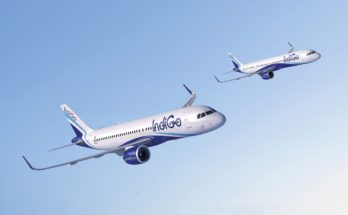
In the early hours of November 16, 1:47:44 EST to be exact, the Artemis I mission launched from Kennedy Space Center, which included the Space Launch System (SLS) and Orion Spacecraft (including the Crew Module and European Space Module). This launch follows previous mission scrubs beginning in August 2022. NASA reported that those attending the Space Tech Expo Europe are thrilled with the success thus far.
Artemis I begins a long line of lunar-based missions to come. The crewless mission will test both the SLS launch vehicle and Orion spacecraft to pave the way for the Artemis II crewed mission.
The mission is truly a team effort, with some of the biggest names in the aerospace industry producing components for the SLS and the Orion spacecraft, including Boeing (SLS core stage), Northrop Grumman (solid rocket boosters), Aerojet Rocketdyne (RS-25 engine), Lockheed Martin (Orion capsule), and Airbus (European Service Module for Orion).
Ten CubeSats will also be deployed that will carry out various missions to further space science. Orion will perform a number of burns on its way to the moon, with arrival scheduled for November 21. The mission has been delayed due to weather and technical issues. It is likely NASA and others can now breathe a sigh of relief.
The mission has a planned duration of 25 days.
Carter Palmer has long held a keen interest in military matters and aviation. As an analyst for Industrial & Marine Turbine Forecast, Carter specializes in examining key gas turbine programs for electrical power generation, mechanical drive, and marine propulsion applications. He is also responsible for updating the reports and analyses within the Space Systems Forecast – Launch Vehicles & Manned Platforms and Space Systems Forecast – Satellites & Spacecraft products.



